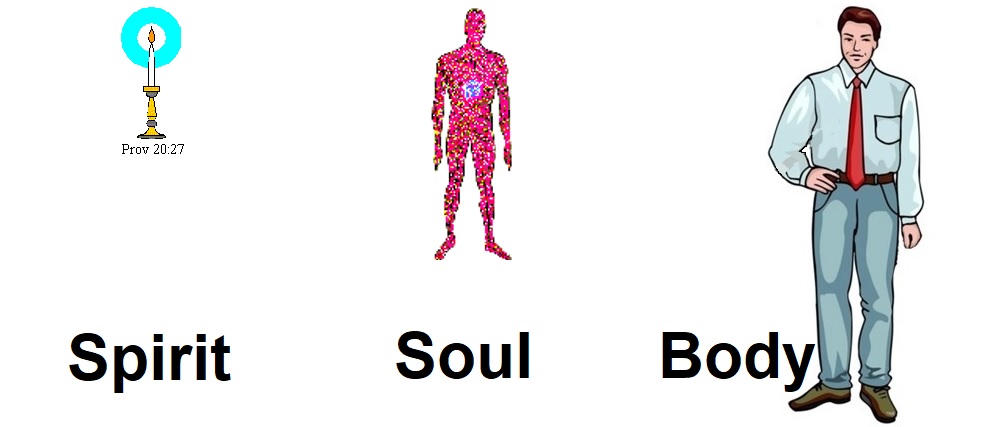
Plato’s “Phaedo” belongs in the anthology because it represents the Soul and attributes of the internal perception of an individual and the external perception of the physical aspect of that individual.
The connection with soul and body reflects on the person’s identity, internally and externally. Looking at it from the external perception, we want beauty, we want to look physically attractive. In the following quote, “A little black girl (Pecola) who wanted to rise up out of the pit of her blackness and see the world with blue eyes.” (Morrison, 174) We see how a girl wants to be externally seen as someone who “possesses” blue eyes. This is so because she believes that by having blue eyes people will find her attractive and treat her differently. The body shows how the person may be from the outside (external) but the soul shows who the person truly is. The body is mortal and the beauty that it has doesn’t last, but the Soul is immortal and it’s what matters; the soul may not be pretty but it represents who we are with no physical beauty. As Socrates said, “Then when death comes to a man, the mortal part of him dies, it seems, but his deathless part goes away safe and indestructible”(106e) he is focusing merely on the way that our body can be temporary and after one dies, the beauty goes away as well. The deathless part goes indestructible because that part is the soul.
Identity is who we are as a person and it is connected with the mind and physical body. The soul and body are connected with Identity because if it wouldn’t be for those characteristics then our identity wouldn’t be our identity, it wouldn’t matter as much.

Morrison, Toni. The Bluest Eye. New York: Plume work. 1994.
Plato.”Phaedo” Five Dialogues. Translated by: G. M.A. Grube. Indianapolis, IN: Hackett Pub. Co, 2002.